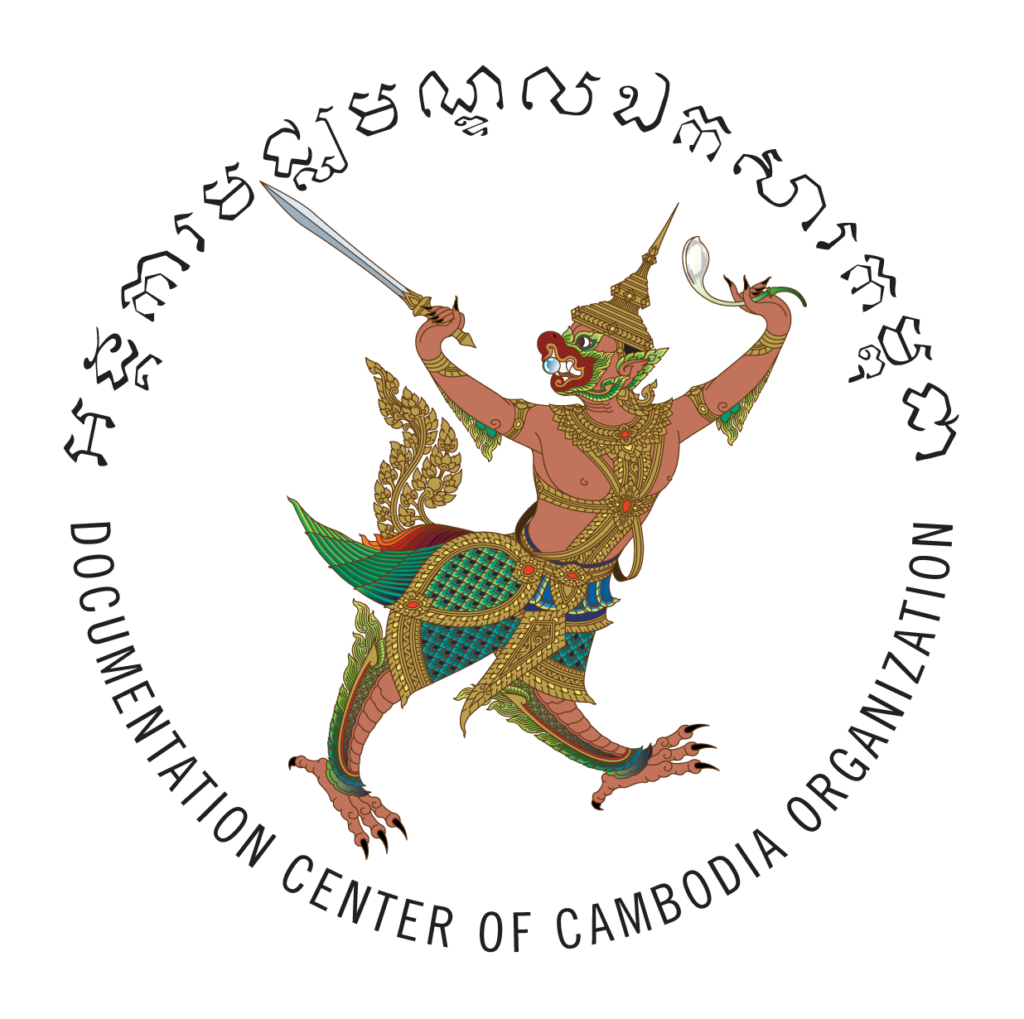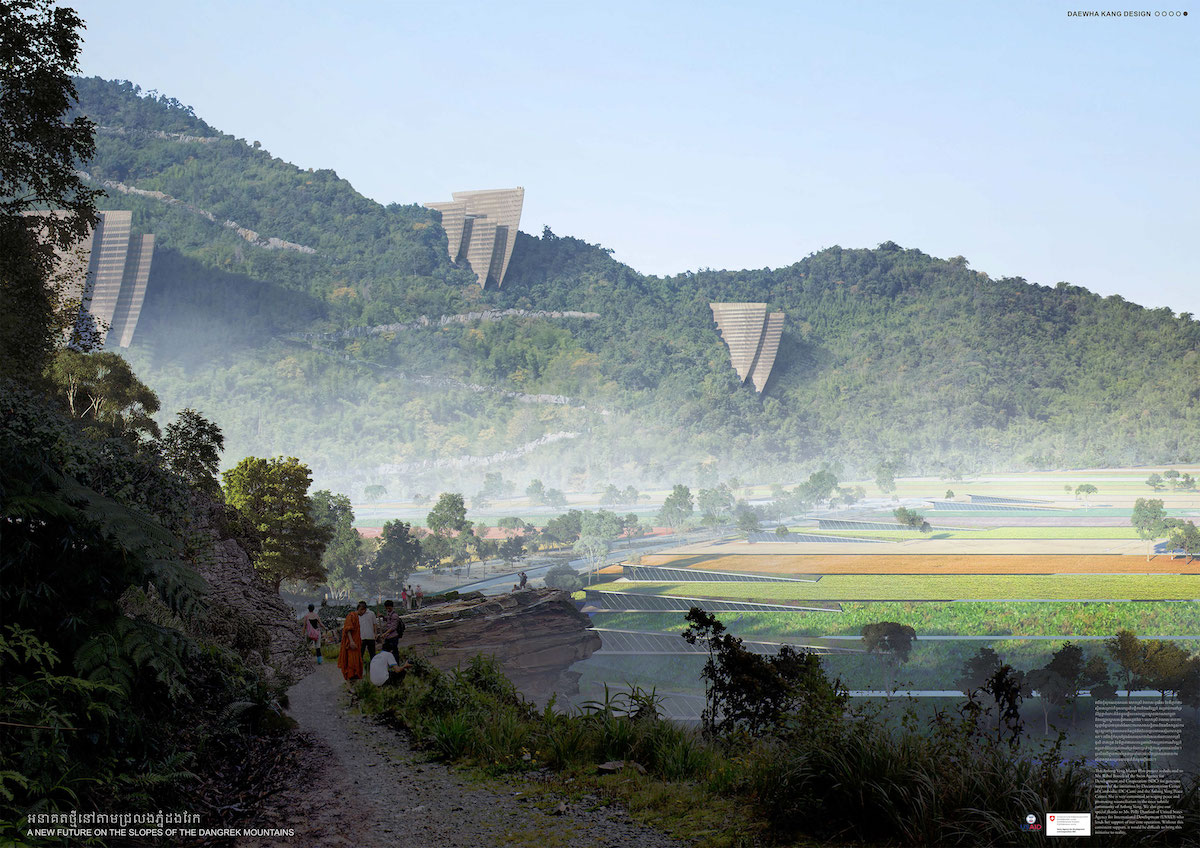At the root of mankind’s resolve to overcome evil is the confidence that civilization is gradually progressing towards a day in which war, mass atrocity, and inhumanity have finally been eradicated. Grand political speeches and judicial proceedings appeal to our yearning for swift change, but it is the small, community-level victories – in classrooms, town squares, and family living spaces – that truly drive progress. The establishment of the Anlong Veng Peace Center in 2015 represents one such victory.
The Peace Center is situated in Anlong Veng, a small rural village in northern Cambodia that is steeped in Khmer Rouge history. This area was one of the first to be conquered by the Khmer Rouge (circa 1970), and was the Khmer Rouge’s final stronghold before surrendering to the Cambodian government in 1999. Thus, the history of Anlong Veng is intertwined with the history of the Khmer Rouge movement. Physical remnants of the Khmer Rouge regime can be found in the region (e.g., Pol Pot’s cremation site, and the grandiose houses of Ta Mok – “Brother Number Five” or “The Butcher”), but more importantly, many of the current Anlong Veng residents are former Khmer Rouge. These individuals therefore represent the living history of the Khmer Rouge movement. The Peace Center strives to tell the story of the KR (from its conception to its demise) to promote reconciliation and healing within Cambodia, and to prevent such atrocities from happening again, both in Cambodia and abroad.
After Vietnamese troops captured Phnom Penh on January 7, 1979, Khmer Rouge forces and their families retreated to military bases near the border with Thailand, or to refugee camps inside Thailand. Ten years later, the remaining Khmer Rouge captured Anlong Veng and controlled the village until February 9, 1999, when a formal integration ceremony took place, bringing the village under the control of the Cambodian government. Today, former Khmer Rouge cadres and their families live together with survivors of the Khmer Rouge genocide in the village.
Tension between these groups is not immediately apparent, but when talking to residents it is clear that these groups have vastly different opinions about their shared history. Some former Khmer Rouge look to the past with fond sentiment, while many survivors look back with hatred, fear, and sadness. Despite these differing viewpoints, the area is peaceful and stands as a testament to the ability of post-conflict societies to break the cycle of violence. In this unique setting, the Anlong Veng Peace Center strives to help Cambodia transition from the ‘Land of the Killing Fields’ to a ‘Nation of Peace and Reconciliation’. The Center is currently documenting stories of KR members and local survivors, with the goal of preserving a richer history of the Khmer Rouge movement and fostering dialogue between KR and genocide survivors (an important element of national healing). The Center is protecting and developing historical sites for tourism. In addition, national and international scholars are using Peace Center resources to conduct research into Khmer Rouge history and post-conflict reconciliation and development. Finally, the Peace Center is developing educational materials so that the Cambodian people, and the citizenry of the world, know the true and complete history of the Khmer Rouge. Cambodian public schools currently only teach students about the horrors perpetrated between 1975 and 1979 (the Democratic Kampuchea period), ignoring the history of the communist movement prior to 1975, and political-military events that occurred after 1979. The Anlong Veng Peace Center is dedicated to expanding the national curriculum to include the entire trajectory of the Khmer Rouge movement (circa 1955 to 1999). It is hoped that lessons learned from Cambodia’s violent past and current struggles may help other nations avoid such conflict, and help post-conflict nations build a thriving future.
Through tireless effort, the Anlong Veng Peace Center is boldly fulfilling the objectives of its parent organization, the Documentation Center of Cambodia.

